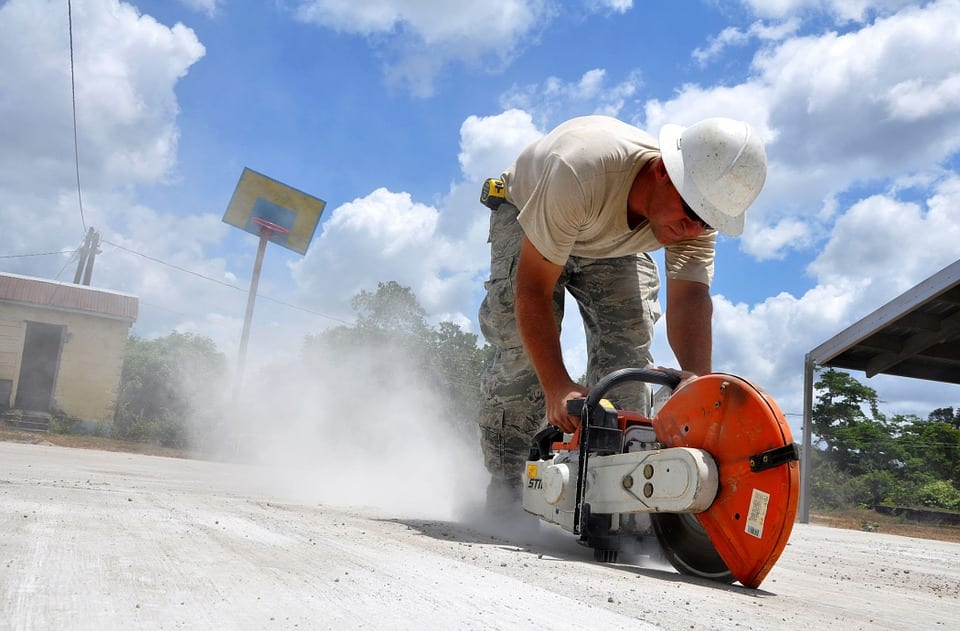Eligibility awareness, immediate reporting, and legal support ensure fair resolutions.
An unexpected injury can disrupt the daily flow of a bustling workplace, derailing productivity and causing personal distress. In such cases, understanding your rights promptly and seeking fair compensation becomes crucial. When navigating these situations, having the support of a Phoenix spinal cord injury lawyer can guide you through the legal process smoothly.
In this article, we will make an in-depth explanation of workers’ compensation claims, including the types of workplace injuries.
Types of Workplace Injuries
Slips, Trips, and Falls
These account for a significant number of workplace injuries, often due to wet floors, cluttered pathways, or uneven surfaces. These accidents can result in strains, fractures, or head injuries, emphasizing the need for proper workplace maintenance and safety protocols.
Overexertion and Muscle Strains
Overexertion and muscle strains often occur due to improper lifting techniques or prolonged repetitive motions, leading to stress on the body’s muscles and tendons. These injuries commonly affect the back, shoulders, and wrists, resulting in discomfort, reduced mobility, and potential chronic conditions if not addressed promptly.
Being Struck by Objects
Objects falling or moving within the workspace can lead to severe injuries, from minor cuts to more severe head trauma or fractures. This type of accident in the workplace often results from inadequate safety measures or improper storage, heightening the risk of injuries.
Vehicle-Related Accidents
Vehicle-related accidents are a significant type of workplace injury, encompassing crashes, collisions, or incidents involving work-related driving activities. These types of accidents can result in workers having severe injuries, including fractures, head trauma, or spinal injuries.
Workplace Injury Management and Safety Protocols
Eligibility for Workers’ Compensation
Workers’ compensation eligibility hinges on meeting specific criteria. Injured workers during work-related activities are generally covered. However, certain exclusions exist, like injuries resulting from substance abuse or self-inflicted harm. Understanding these limitations is essential. For independent contractors, eligibility may vary based on contractual terms, but they often do not fall under standard workers’ compensation coverage.
Reporting Workplace Injuries
Immediate reporting of injuries is crucial. Employees must adhere to timely reporting requirements stipulated by their employers. Proper documentation and evidence, including incident reports, medical records, and eyewitness accounts, significantly bolster compensation claims. Employers hold the responsibility to notify relevant authorities and facilitate the claims process.
Filing a Workers’ Compensation Claim
Initiating a claim involves adhering to specific procedures outlined by the employer or the state. Selecting healthcare providers designated by the employer or insurer often streamlines the process. Insurance companies play a vital role in claims processing, evaluating the legitimacy of claims and managing compensation disbursement.
Compensation and Benefits
Workers’ compensation typically covers medical expenses and treatments related to workplace injuries. Additionally, temporary disability benefits, providing income during recovery, and permanent disability benefits may apply for lasting impairments. Rehabilitation and vocational training programs help individuals re-enter the workforce effectively.
Disputes and Appeals

Claim denials are common and often arise due to technicalities or inadequate evidence. Employees have the right to appeal such denials, engaging in a process that includes presenting additional evidence or requesting reconsideration. Legal recourse becomes crucial, and hiring an attorney specializing in workers’ compensation cases may enhance the chances of a successful appeal.
Return to Work Programs
Employers play a pivotal role in facilitating a smooth return to work post-injury. This often involves modified duties or accommodations to ensure employees can resume tasks effectively. Balancing employee well-being and productivity is critical, often necessitating careful planning and coordination between employers and employees.
Workplace Safety Measures
Preventive measures, including proper training, ergonomic evaluations, and safety protocols, significantly reduce the incidence of workplace injuries. Employee training and awareness programs further reinforce safety standards. Ongoing safety inspections and compliance checks ensure adherence to established safety guidelines.
Getting Help From a Spinal Cord Injury Lawyer
A spinal cord injury lawyer is essential in securing compensation and guiding those with spinal cord injuries through legal complexities. They specialize in handling workers’ compensation claims, ensuring fair settlements by assessing cases, gathering evidence, and collaborating with medical experts. These lawyers passionately advocate for their clients, negotiating with insurers and representing them in court if needed to secure rightful compensation.
Conclusion
Workplace injuries demand fair compensation and legal guidance. Slip-and-fall accidents, overexertion, object-related incidents, and vehicle mishaps highlight the necessity for safety measures. Eligibility awareness, immediate reporting, and legal support ensure fair resolutions. Workplace returns, safety protocols, and legal aid are crucial in addressing and preventing injuries.


Join the conversation!